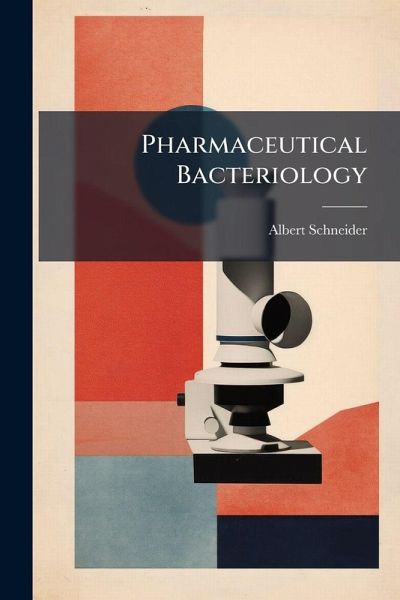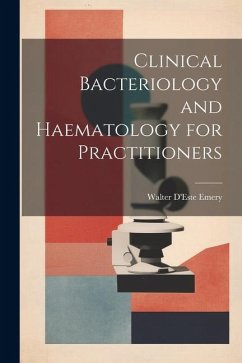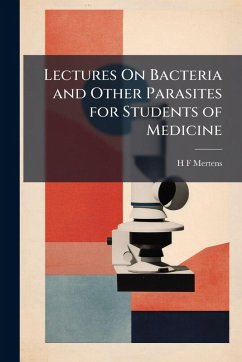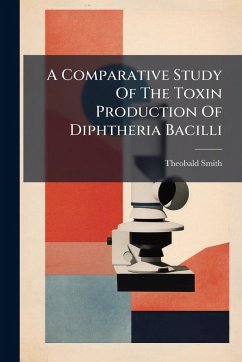
Pharmaceutical Bacteriology
Versandkostenfrei!
Versandfertig in über 4 Wochen
25,99 €
inkl. MwSt.
Weitere Ausgaben:

PAYBACK Punkte
13 °P sammeln!
Pharmaceutical Bacteriology, written by Albert Schneider and originally published in 1920, provides a comprehensive overview of bacteriology as it relates to the field of pharmacy. This book delves into the study of bacteria, their characteristics, and their significance in pharmaceutical preparations. Schneider's work offers insights into the methods of identifying, culturing, and controlling bacteria, making it an invaluable resource for pharmacists and students of the early 20th century. It addresses the critical importance of maintaining sterile conditions in the preparation and storage of...
Pharmaceutical Bacteriology, written by Albert Schneider and originally published in 1920, provides a comprehensive overview of bacteriology as it relates to the field of pharmacy. This book delves into the study of bacteria, their characteristics, and their significance in pharmaceutical preparations. Schneider's work offers insights into the methods of identifying, culturing, and controlling bacteria, making it an invaluable resource for pharmacists and students of the early 20th century. It addresses the critical importance of maintaining sterile conditions in the preparation and storage of medications. While reflecting the scientific understanding of its time, "Pharmaceutical Bacteriology" remains a significant historical document, showcasing the evolution of pharmaceutical practices and the ongoing quest for safe and effective medicines. It will be of interest to researchers, historians of science, and anyone curious about the foundations of modern pharmacy. This work has been selected by scholars as being culturally important, and is part of the knowledge base of civilization as we know it. This work was reproduced from the original artifact, and remains as true to the original work as possible. Therefore, you will see the original copyright references, library stamps (as most of these works have been housed in our most important libraries around the world), and other notations in the work. This work is in the public domain in the United States of America, and possibly other nations. Within the United States, you may freely copy and distribute this work, as no entity (individual or corporate) has a copyright on the body of the work. As a reproduction of a historical artifact, this work may contain missing or blurred pages, poor pictures, errant marks, etc. Scholars believe, and we concur, that this work is important enough to be preserved, reproduced, and made generally available to the public. We appreciate your support of the preservation process, and thank you for being an important part of keeping this knowledge alive and relevant.












